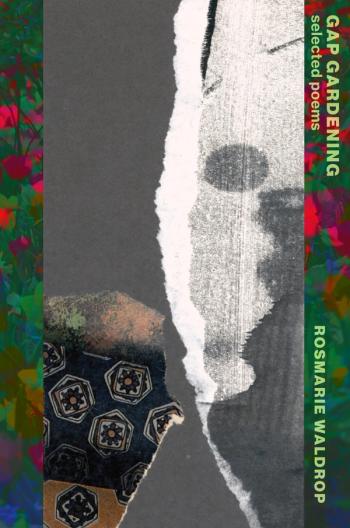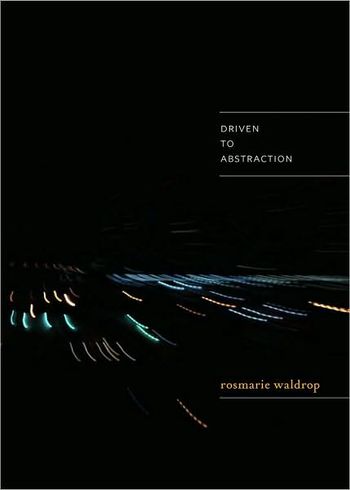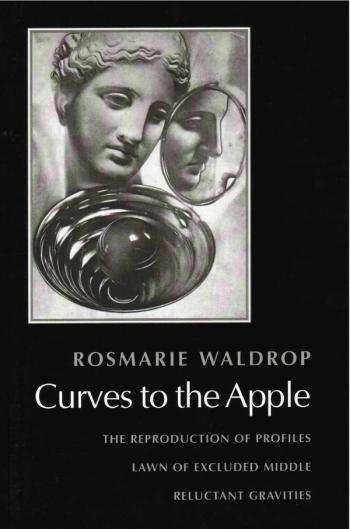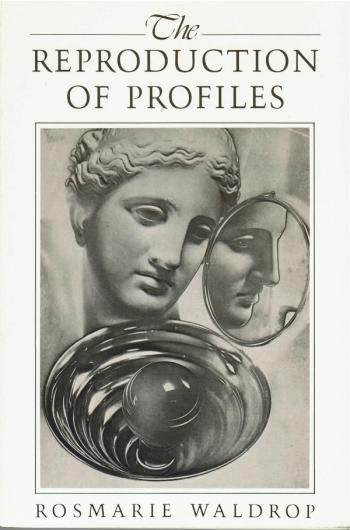Rosmarie Waldrop
Born in Germany in 1935, Rosmarie Waldrop immigrated into the US in 1958. She has a Ph.D. in Comparative Literature from the University of Michigan and has taught at Wesleyan, Tufts, and Brown Universities. She lives in Providence, Rhode Island, with Keith Waldrop (with whom she also co-edited Burning Deck Press).
Her books of poetry include, from New Directions: A Key Into the Language of America, Blindsight, the trilogy Curves to the Apple, and Driven to Abstraction; from other publishers: Love Like Pronouns (Omnidawn), Split Infinites (Singing Horse), Splitting Image (Zasterle), Another Language: Selected Poems (Talisman House), and Gap Gardening: Selected Poems (LA Times Book Prize in Poetry 2017).
Two novels, The Hanky of Pipsin’s Daughter and A Form/of Taking/It All, have been reissued in one paperback by Northwestern University Press. Her collected essays, Dissonance (if you are interested), was published by University of Alabama Press.
She has translated fourteen volumes of Edmond Jabès’s work (The Book of Questions, The Book of Resemblances, etc.) for which she received the Harold Morton Landon Translation Award. Her memoir/study, Lavish Absence: Recalling and Rereading Edmond Jabès is out from Wesleyan University Press.
She has also translated, from the French, Jacques Roubaud and Emmanuel Hocquard; and from the German, Friederike Mayröcker, Elke Erb, Ernst Jandl, Oskar Pastior, Ulf Stolterfoht (Pen Award for Poetry in Translation), Peter Waterhouse and Elfriede Czurda.
Her work has appeared in anthologies like Postmodern American Poetry (Norton, 1994), From the Other Side of the Century: New American Poetry 1960–90 (Sun and Moon, 1994), Moving Borders: Three Decades of Innovative Writing by Women (Talisman House, 1998), Poems for the Millennium, vol. II (University of California Press, 1998), American Hybrid: A Norton Anthology of New Poetry (2009), and North American Women Poets of the 21st Century: Beyond Lyric and Language, ed. Lisa Sewell & Kazim Ali, Wesleyan University Press, 2020, pp. 416-457 [with an essay, “Attending to Absence,” by Richard Greenfield].
Translations of her work have been published in France, Germany, Denmark, Norway, Sweden, Greece, Italy, Spain, Poland, Romania, Serbia, Mexico, and Brazil.
She has received awards or fellowships from the NEA, the Fund for Poetry, the Howard Foundation, the DAAD Berlin Artists’ Program, the Foundation of Contemporary Arts, and a Lila Wallace-Reader’s Digest Writers’ Award. She has been elected to the American Academy of Arts and Sciences, and the French government has made her a “Chevalier des Arts et des Lettres.”
Author photo by Steven Evans.









